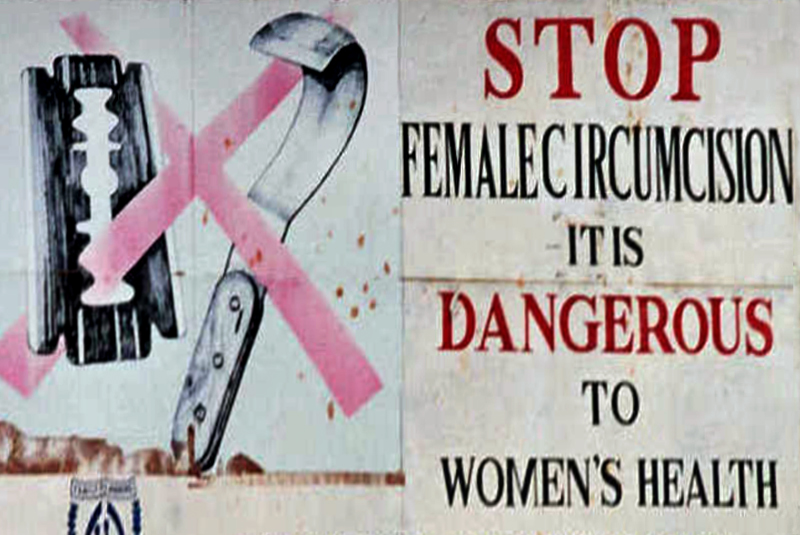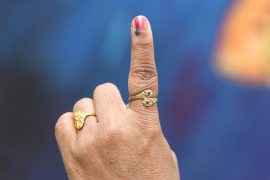We are all instinctively protective of our genitals. Any damage sustained by them, particularly in childhood, can leave long-lasting trauma. But for millions of small girls across the world, it’s a protective instinct that is dashed to the ground, when they are forced to spread their legs and have their genitals mutilated in the guise of a ritual.
Female genital mutilation (FGM) is among the most traumatic things one can do to their children. But it is estimated that, across the world, 200 million girls are alive today who are victims of this. In its many forms, FGM encompasses “cutting, pricking, removing and sometimes sewing up external female genitalia for non-medical reasons.” These girls face a lifetime of risk, from urinary tract infections to swelling and an increased chance of dying during childbirth. Some may never have an orgasm again.
This invasive and painful procedure is carried out by people without any medical training – usually an older, female relative. But now, this unethical practice is increasingly being performed on women in hospitals and clinics, putting them at risk and violating their right to their body.
There are four types of FGM, in order of severity. What is most commonly performed in India is type I – the partial or total removal of the clitoris.
Copyright©Madras Courier, All Rights Reserved. You may share using our article tools. Please don't cut articles from madrascourier.com and redistribute by email, post to the web, mobile phone or social media.Please send in your feed back and comments to editor@madrascourier.com











